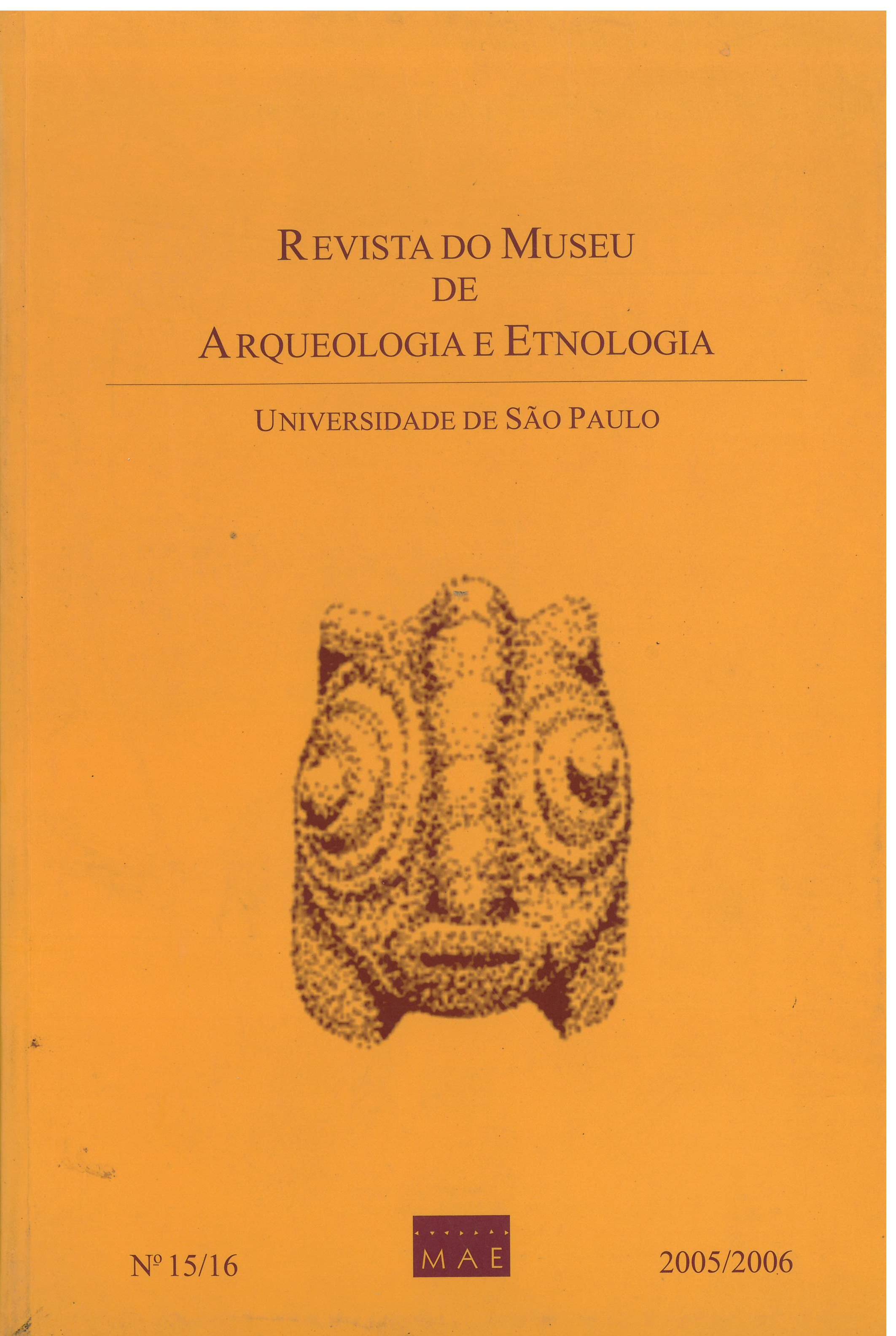Terminologies and classifications used to describe human burials: examples and suggestions
DOI:
https://doi.org/10.11606/issn.2448-1750.revmae.2006.89712Keywords:
Methodologies, Archaeology of Death, Human burials, Archaeological contextAbstract
The attempt at a standard of classifications and terms to describe and observe archaeological contexts of human skeletal remains has been a recurring concern of the archaeologists and bioanthropologists. The problem is to establish which descriptive elements are important or essential for the analysis, reconstruction and interpretation of human burials inserted in substrata and several cultural systems. Among the examples of suggestions found in the consulted bibliography, it was verified that there always exists an incidence of certain variables of the mortuary data and that, in certain analyses, it is very expressive the correlation and the synergy among data of the remains of the body, of the funerary accompaniment and of the grave. To describe and classify human burials implies in the observation of the totality of funerary remains in the context of the deposition, while incorporating bioarchaeological data.Downloads
Download data is not yet available.
Downloads
Published
2006-12-14
Issue
Section
Articles
License
Copyright (c) 2006 Sergio F.S. Monteiro da Silva

This work is licensed under a Creative Commons Attribution-NonCommercial-NoDerivatives 4.0 International License.
How to Cite
SILVA, Sergio F.S. Monteiro da. Terminologies and classifications used to describe human burials: examples and suggestions. Revista do Museu de Arqueologia e Etnologia, São Paulo, Brasil, n. 15-16, p. 113–138, 2006. DOI: 10.11606/issn.2448-1750.revmae.2006.89712. Disponível em: https://www.journals.usp.br/revmae/article/view/89712.. Acesso em: 19 may. 2024.













